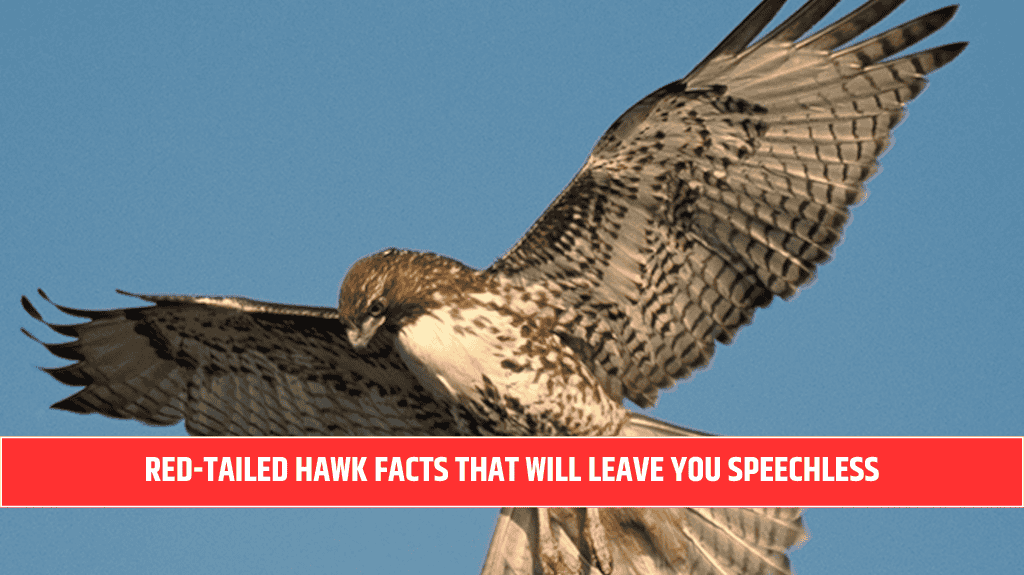The Great Horned Owl (Bubo virginianus) is one of the most powerful and mysterious birds of prey in North America. With its striking yellow eyes, sharp talons, and deep hooting call, this nocturnal predator is a true master of the night. Known for its adaptability and fierce hunting skills, the Great Horned Owl thrives in forests, deserts, and even urban areas. But what makes this owl so special? Let’s uncover the amazing secrets of the Great Horned Owl.
The Iconic Appearance of the Great Horned Owl
The Great Horned Owl gets its name from the tufts of feathers on its head that resemble horns. These “horns” are not actually ears but serve as a form of camouflage and communication.
- Size & Strength: It is one of the largest owls in North America, standing around 18-25 inches tall with a wingspan of up to 5 feet.
- Coloration: Their plumage varies depending on the region but usually features brown, gray, and white tones that help them blend into tree bark.
- Eyesight & Hearing: Their large, yellow eyes provide excellent night vision, while their asymmetrical ears allow them to detect even the slightest sounds of prey.
Where Do Great Horned Owls Live?
These owls are found throughout North and South America in a wide variety of habitats.
- Forests & Woodlands: They prefer dense forests where they can perch high in trees.
- Deserts & Grasslands: Surprisingly, they can survive in arid regions, using cacti and cliffs for nesting.
- Urban Areas: Some owls have adapted to city parks and suburban neighborhoods, where they hunt rodents and small birds.
Their ability to live in different environments makes them one of the most widespread owl species.
Hunting Skills That Make Them Fierce Predators
The Great Horned Owl is known for its silent but deadly hunting techniques.
- Diverse Diet: These owls eat rabbits, squirrels, skunks, birds, and even other owls. They can take down prey larger than themselves.
- Powerful Talons: Their grip strength is five times stronger than a human’s hand, allowing them to crush bones with ease.
- Stealthy Flight: Their special soft-edged feathers make their flight completely silent, giving prey no chance to escape.
With these abilities, the Great Horned Owl dominates the night as a top predator.
Mysterious Communication: What Their Hoots Mean
These owls are famous for their deep, echoing hoots, but they also communicate in other ways.
- Territorial Calls: A series of “hoo-hoo-hoo” sounds warn intruders to stay away.
- Mating Hoots: During breeding season, pairs perform duets to strengthen their bond.
- Body Language: They puff up their feathers and spread their wings to appear larger when threatened.
Each hoot and movement serves a purpose in their survival.
Great Horned Owl Reproduction and Nesting
Unlike most birds, Great Horned Owls do not build their own nests. Instead, they reuse abandoned nests from hawks, crows, or squirrels.
- Breeding Season: They mate between December and March, one of the earliest nesting birds.
- Eggs & Incubation: Females lay 1 to 4 eggs, which hatch in about 30 days.
- Parental Care: Both parents protect and feed the chicks until they are strong enough to fly.
Young owlets learn to hunt by watching their parents before leaving the nest after 10-12 weeks.
Surprising Facts About the Great Horned Owl
- They can turn their heads 270 degrees, thanks to extra vertebrae in their necks.
- They cannot move their eyes, so they rely on head movement to see in different directions.
- They are immune to skunk spray and will hunt and eat skunks without issue.
- Unlike most birds, they do not have a sense of smell, relying only on sight and hearing.
- Their hoot can be heard from up to five miles away on a quiet night.
The Great Horned Owl is a true marvel of nature, combining stealth, power, and intelligence to rule the night sky. From its silent flight to its incredible hunting skills, this owl is both feared and admired. Whether perched high in a tree or swooping down on its prey, the Great Horned Owl remains one of the most fascinating birds of prey in the world.
FAQ’s
How big is a Great Horned Owl?
The Great Horned Owl has a wingspan of up to 5 feet and stands between 18-25 inches tall.
Why do Great Horned Owls have ‘horns’?
The ‘horns’ are actually feather tufts that help with camouflage and communication.
How does a Great Horned Owl hunt?
It uses silent flight, powerful talons, and sharp eyesight to ambush prey at night.
What do Great Horned Owls eat?
They eat rabbits, squirrels, skunks, birds, and even other owls.
Can Great Horned Owls turn their heads all the way around?
They can rotate their heads 270 degrees but not completely around.

















